Featured Blogs

Blog
The Manufacturing Iceberg: Why Traditional Communication Systems Can’t See What’s Sinking Your Operations
At this very moment, somewhere on your plant floor, a disengaged worker is going through the motions, a near-miss is going unreported, and critical tribal knowledge just walked out the…
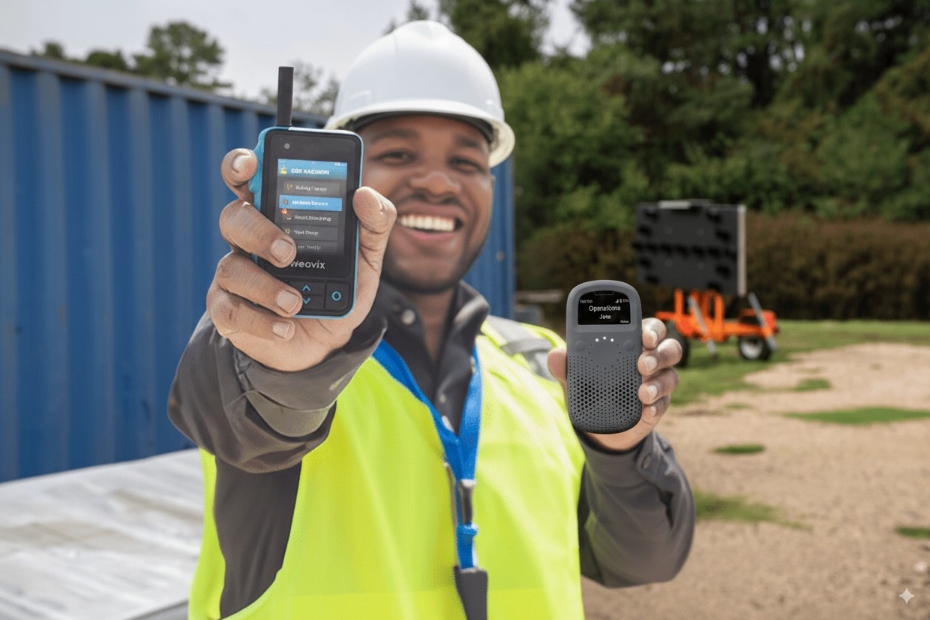
Blog
Weavix Walt Smart Radio vs RelayX: A Head-to-Head Comparison for Manufacturing
Comparing weavix Walt Smart Radio to RelayX comes down to one difference that drives ROI: Walt turns frontline communication into searchable, reusable data, while RelayX conversations disappear. Below is a…
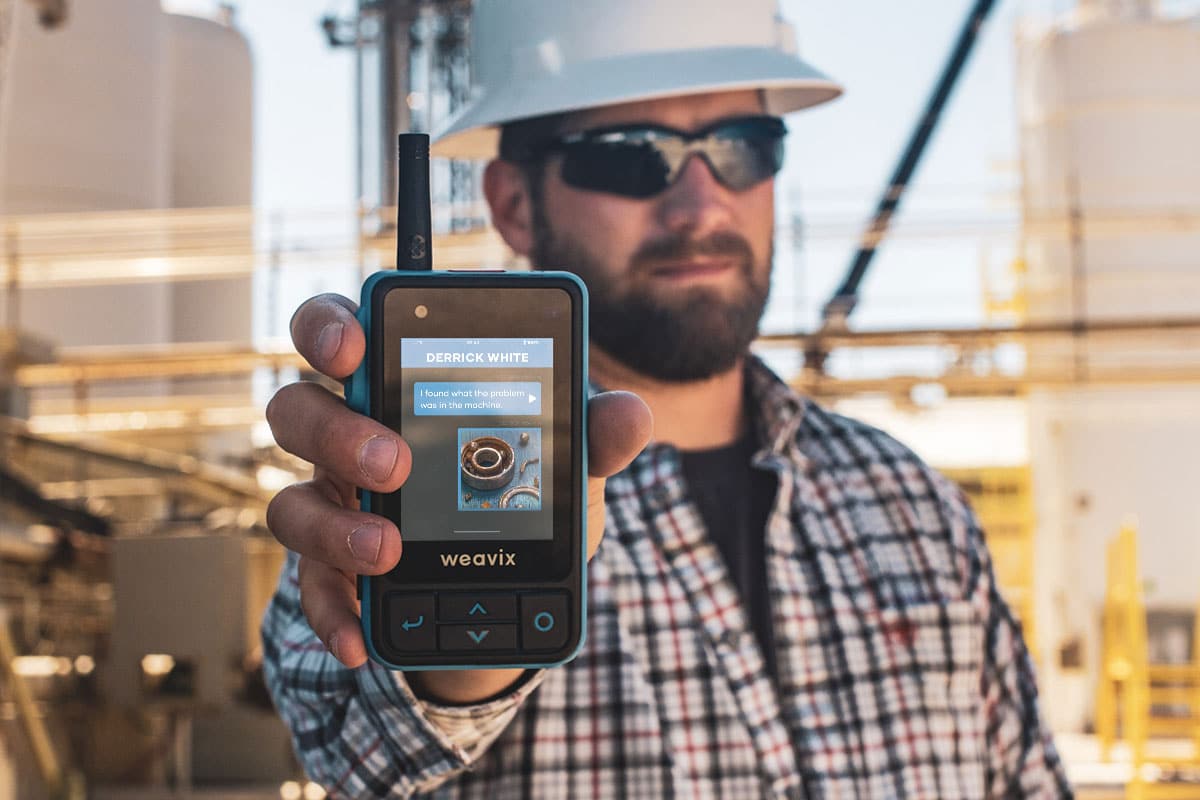
Blog
Benefits of Push to Talk Radios
Frontline teams depend on clear, instant communication, but most push-to-talk radios create familiar frustrations — complex devices, spotty coverage, and poor integration with digital workflows. As production demands climb and…
Recent Blogs
Recent Blogs
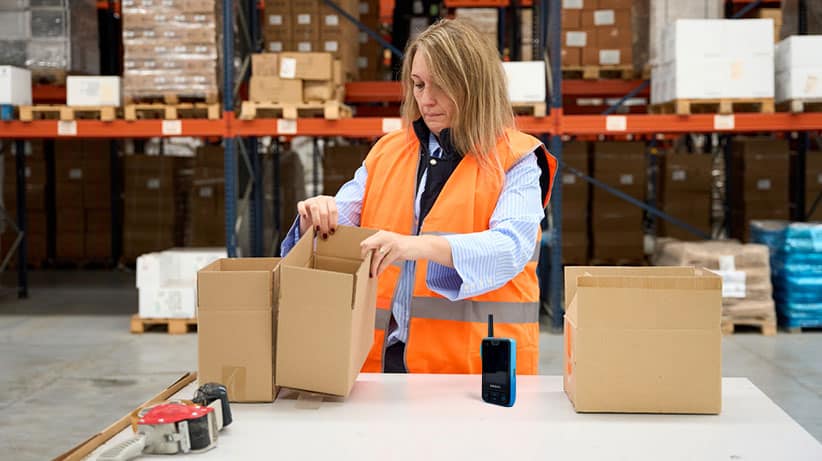
Blog
What to Look for in the Best Warehouse Walkie-Talkie: A Guide
Warehouse teams rely on clear, instant communication — but standard radios often fail in loud, fast-moving, and physically demanding environments. Devices not built for warehouses break easily, can’t rise above…

Blog
A Hotel’s Biggest Blind Spot: The True Price of Disconnected Teams
Early afternoon at any large hotel property is often the busiest and most stressful for staff and management. It’s when checkout and check-in times collide, and guests start lining up…
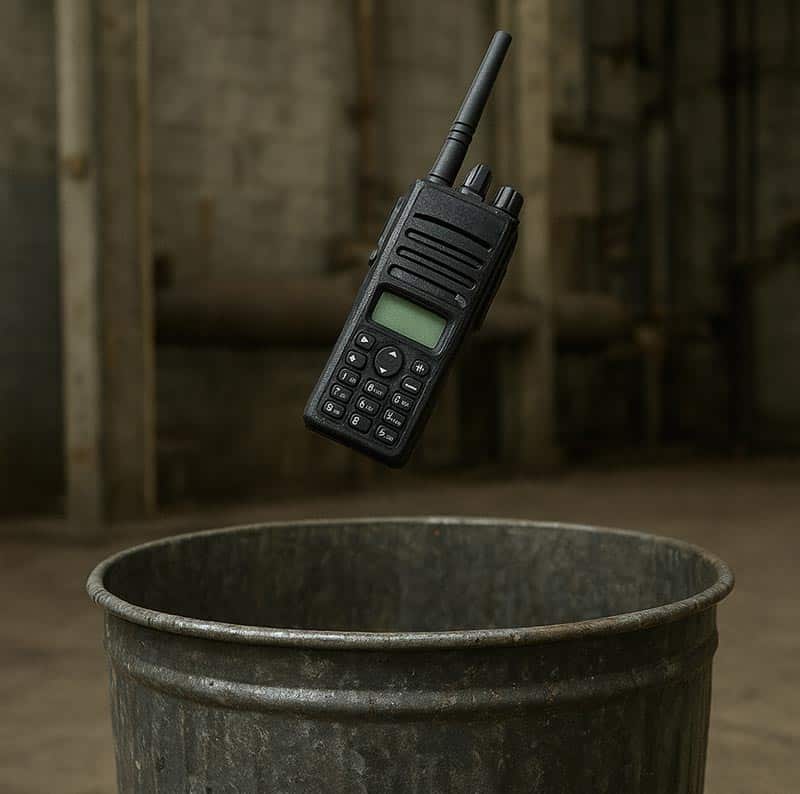
Blog
Alternatives to Two-Way Radios: Weavix vs Zello vs Voxer vs Relay Pro/RelayX vs Microsoft Teams vs Slack
Beyond Radios: The Search for Safer, Smarter Communication Publish date: October 15, 2025 Last edited: October 21, 2025 For decades, two-way radios were the backbone of frontline communication. They were…
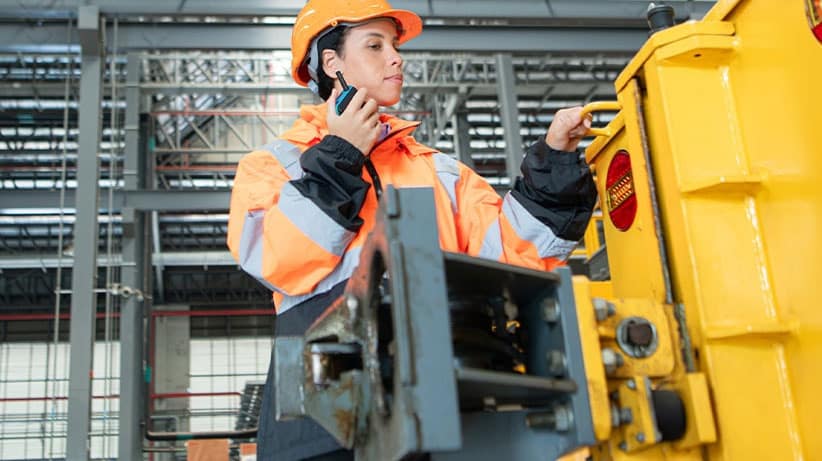
Blog
Making the Case for Universal Communication in Modern Facilities
Production supervisor Scott Wagner received a text message at 6:42 a.m. while at home preparing for his commute. The night shift ended almost two hours ago, but he was just…
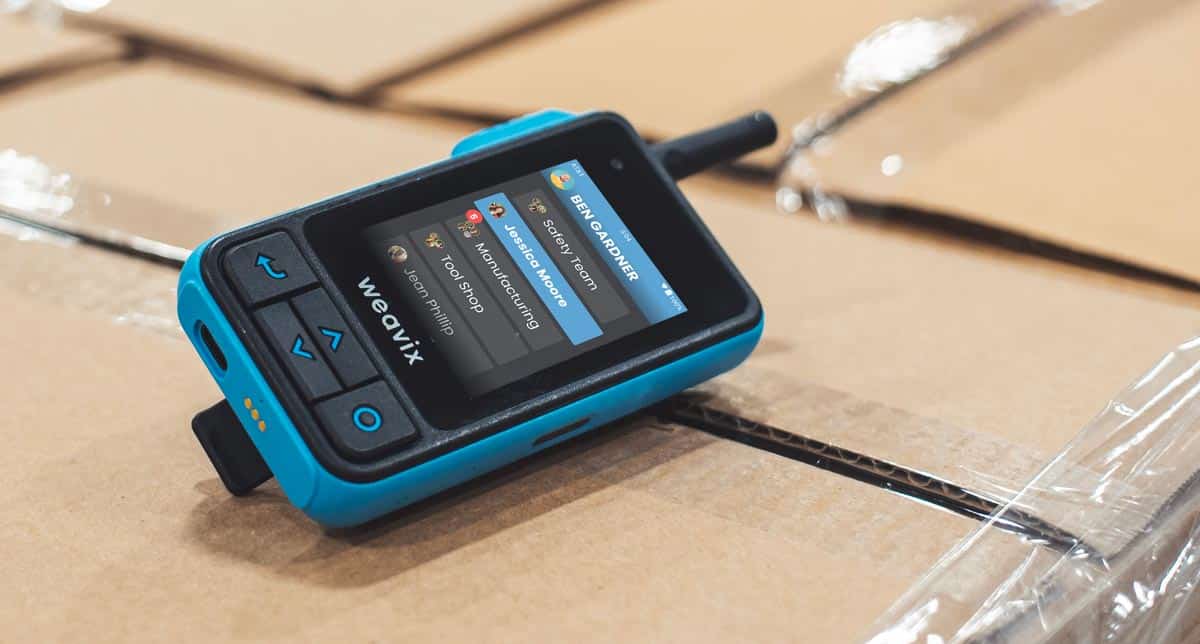
Blog
The Best Two-Way Radios for 2025
The Best Two-Way Radios for Work and Play We love Wirecutter, but they only review consumer gear. Two-way radios are everywhere, from camping trips to 4.7 million square foot factories.…

Blog
How to Use Walkie-Talkies with GPS
Coordinating teams across large sites or remote environments quickly becomes chaotic without reliable communication or real-time location awareness. Many frontline managers struggle to keep workers safe and connected when traditional…

Blog
What Is an Intrinsically Safe Radio?
Frontline teams in oil refineries, chemical plants, and other hazardous environments face more than just tough conditions — they risk disaster when electrical equipment sparks or overheats near flammable substances.…
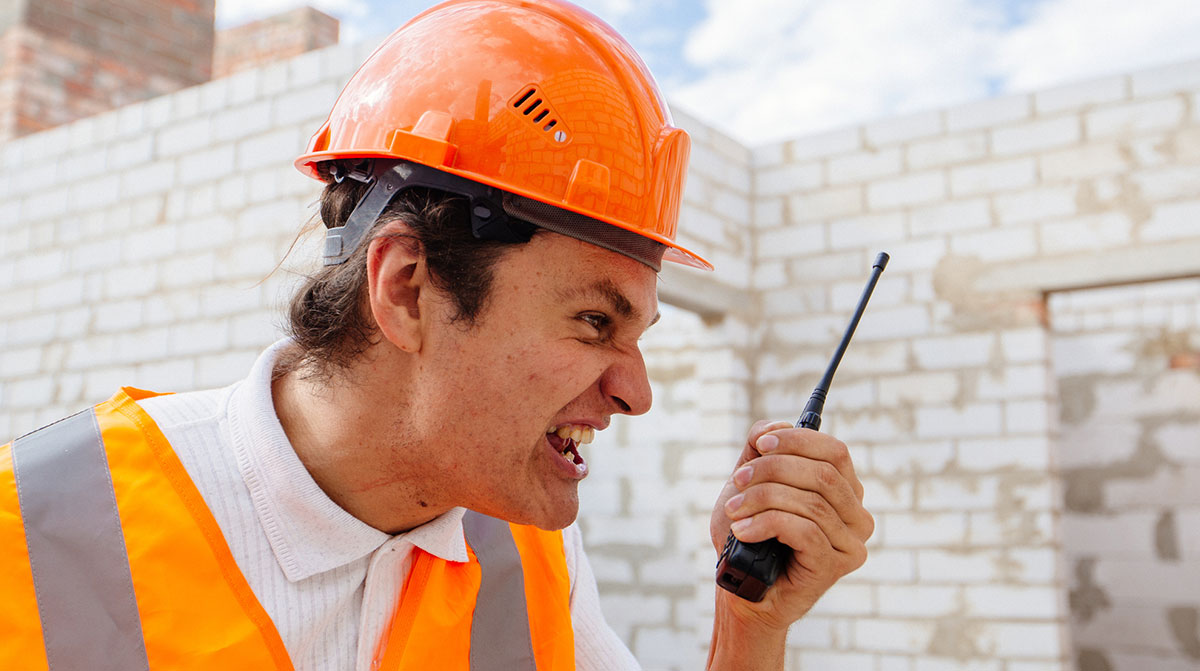
Blog
Radio Etiquette: 11 Rules for Frontline Teams
What happens if your workers have to deal with misunderstandings on the frontline? The rules of radio etiquette were developed to prevent the consequences of missing even a single message.…

Blog
Benefits of Push to Talk Radios
Frontline teams depend on clear, instant communication, but most push-to-talk radios create familiar frustrations — complex devices, spotty coverage, and poor integration with digital workflows. As production demands climb and…
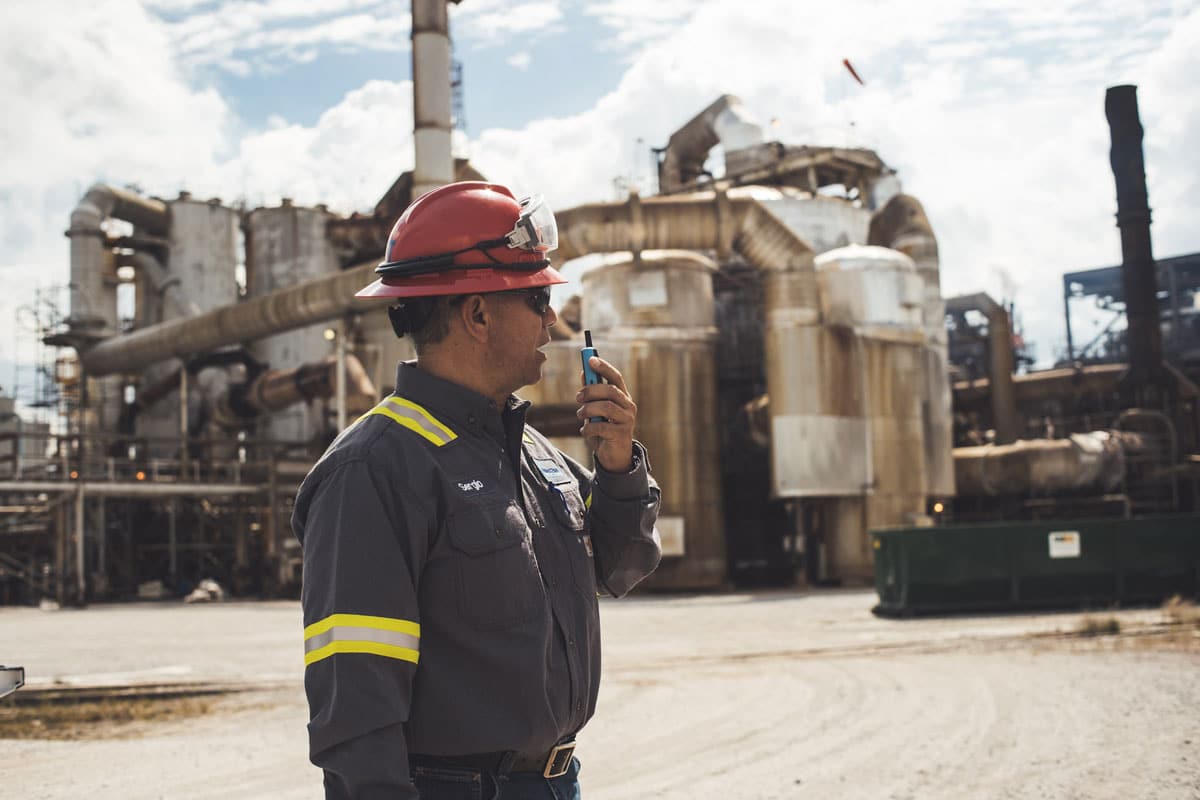
Blog
How Far Can Walkie-Talkies Reach?
How far walkie-talkies can reach depends on several factors, including transmission power, antenna quality, frequency band, and environmental obstacles. Range limitations create frustration for teams relying on walkie-talkies. Obstacles like…
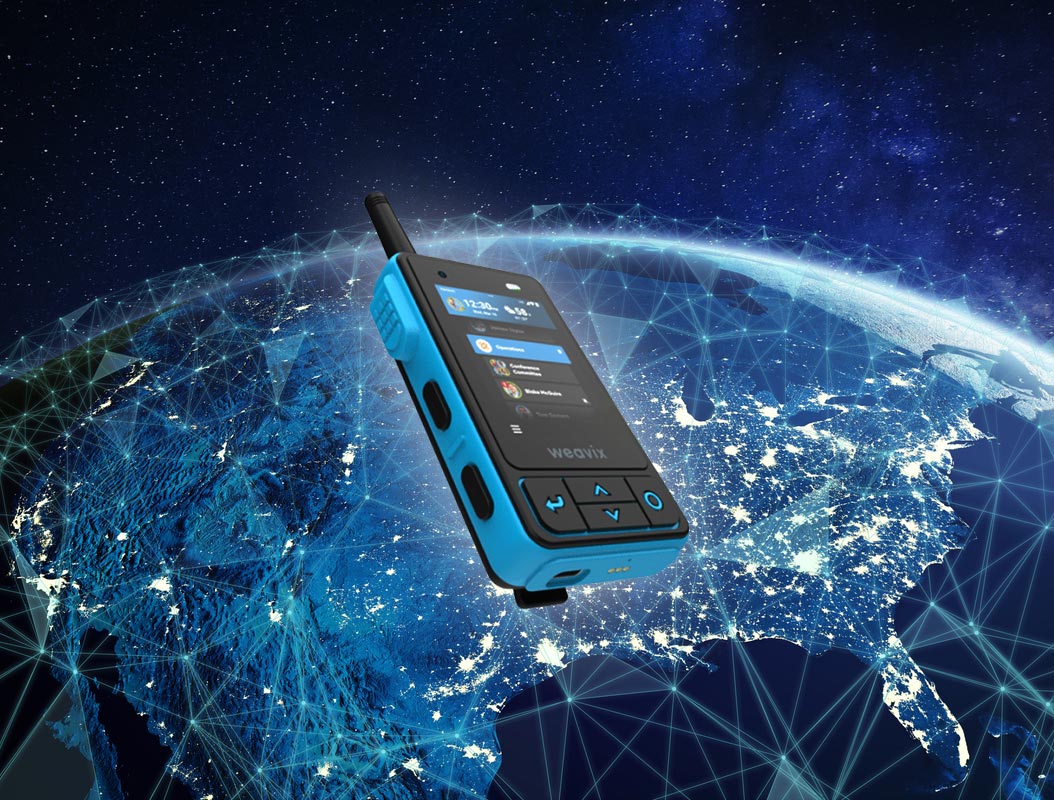
Blog
Nationwide Walkie-Talkies: A Buyer’s Guide
When your operation spans multiple facilities across different states, it’s easy for frontline teams to fall out of sync, especially when legacy radios or spotty cellular service get in the…
